AO Edited
Grave of Governor DeWitt Clinton
The Father of the Erie Canal has a magnificent grave marker that redefines the term "final resting place."
Best known as the “Father of the Erie Canal,” DeWitt Clinton was a great man who has a great man’s grave. That wasn’t always the case—the grave that is; Clinton made the most of his well-established colonial family and education at leading 18th-century colleges.
Clinton served in the New York State Assembly and Senate and as a result of a vacancy, was briefly a United States senator. He served 10 one-year terms as the appointed (as was the case then) mayor of New York City. While Clinton was mayor, he also held office as lieutenant governor and narrowly lost the race for president of the United States to James Madison. He served four nonconsecutive terms as governor and died in office in 1828, shortly before his 59th birthday.
In addition, Clinton was a director of the Bank for Savings, New York’s earliest savings bank, established to serve laborers and the poor. He organized the New York Historical Society and served as its president. He also helped reorganize the American Academy of Fine Arts and was president of it as well.
Accomplished in public and civic life, Clinton managed his personal affairs poorly and died badly in debt. A creditor obtained a judgment that forced the sale of most of the family’s possessions, leaving his survivors destitute and unable to afford a grave site. Clinton’s body was placed in the family vault of Dr. Samuel Stringer, an old friend and fellow mason, in the Swan Street Cemetery in Albany.
Green-Wood was the first “rural cemetery” established in New York City. Although parish graveyards were often crowded, people were slow to embrace the Rural Cemetery Movement. Green-Wood sought to promote its burial ground by offering to move Clinton to a prominent location. In 1840, the first year of operation, Clinton’s remains were moved to the vault of cemetery trustee Jacob Leroy. The former governor was reinterred one last time after the completion of the grave marker visible today.
Henry Kirke Brown was hired in 1850 to create a memorial statute for Clinton’s grave, the sculptor’s first major public commission. When it was fabricated two years later, it was the first full-length sculpture cast in a single piece in America. Clinton is dressed in contemporary attire but also wears a Roman robe, a classical drape over his left shoulder and around his waist.
The base by architect Richard M. Upjohn also includes classical decoration. The relief on the front depicts commerce on the Erie Canal, the completion of which greatly reduced the cost of moving freight between Buffalo and Albany, and maintained New York’s preeminence as a commercial center. The relief on the rear portrays the surveying and digging of the canal.
Dr. Karen Lemmey, the Lucy S. Rhame Curator of Sculpture at the National Gallery of Art, believes that the front relief may be the earliest representation on a public monument of African-Americans performing the same work as people of other presumed races and backgrounds. Although it is not possible to know if the Black man in the foreground is intended to appear as emancipated or enslaved, he is not in chains and notably, according to Dr. Lemmey, not servile.
Clinton was a York Rite Freemason and was elected grand master of the Grand Lodge of New York. The state added a plaque to the east side of the base in 1998 and masons annually lay a wreath at Clinton’s grave.
Know Before You Go
From the main entrance to Green-Wood Cemetery at 5th Avenue and 25th Street, bear left at the first fork on to Battle Avenue. Take next the second right at Bay Avenue, which will soon fork; proceed to the left. At the next fork, the statue of DeWitt Clinton will be visible. The walk from 5th Avenue is less than a quarter-mile at a moderate uphill grade.
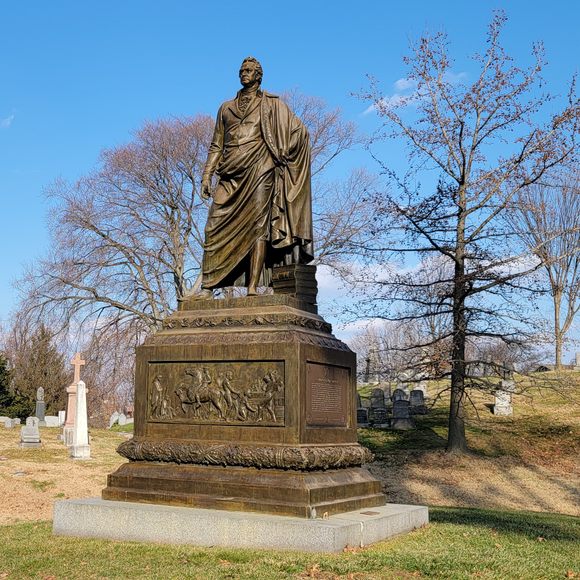

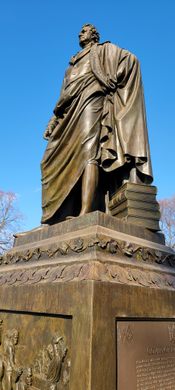
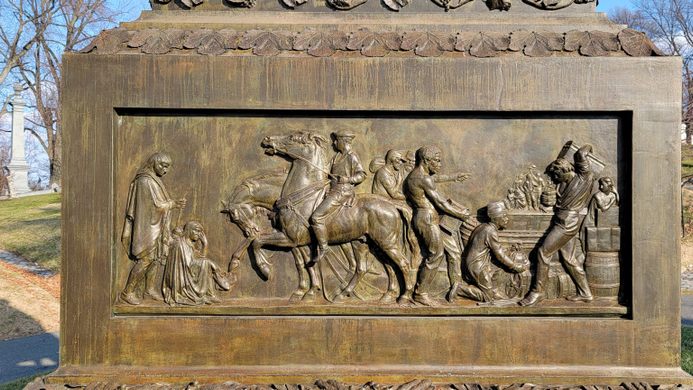
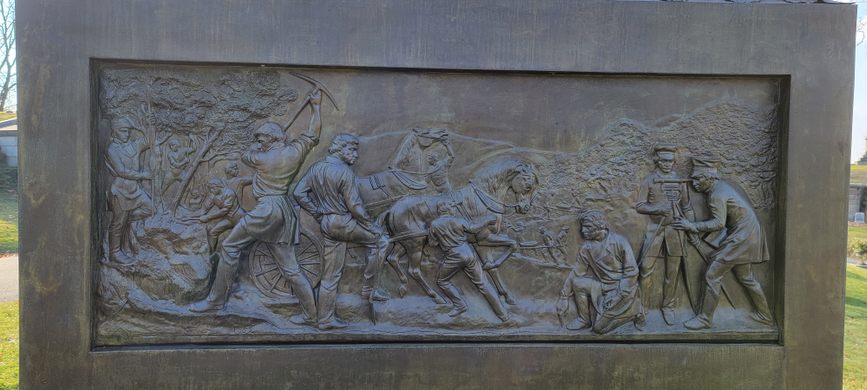

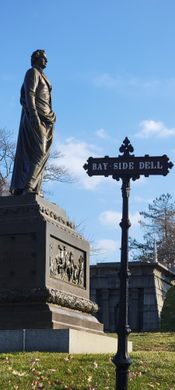








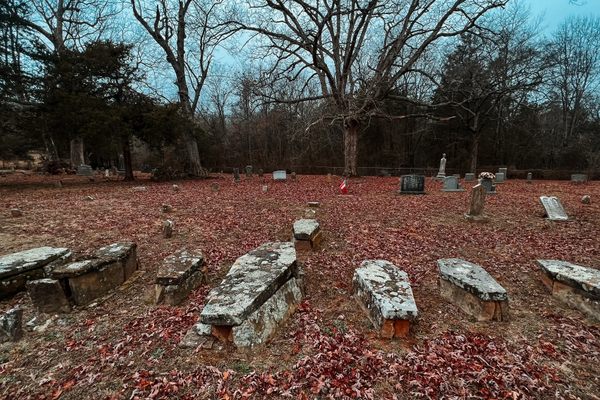



Follow us on Twitter to get the latest on the world's hidden wonders.
Like us on Facebook to get the latest on the world's hidden wonders.
Follow us on Twitter Like us on Facebook